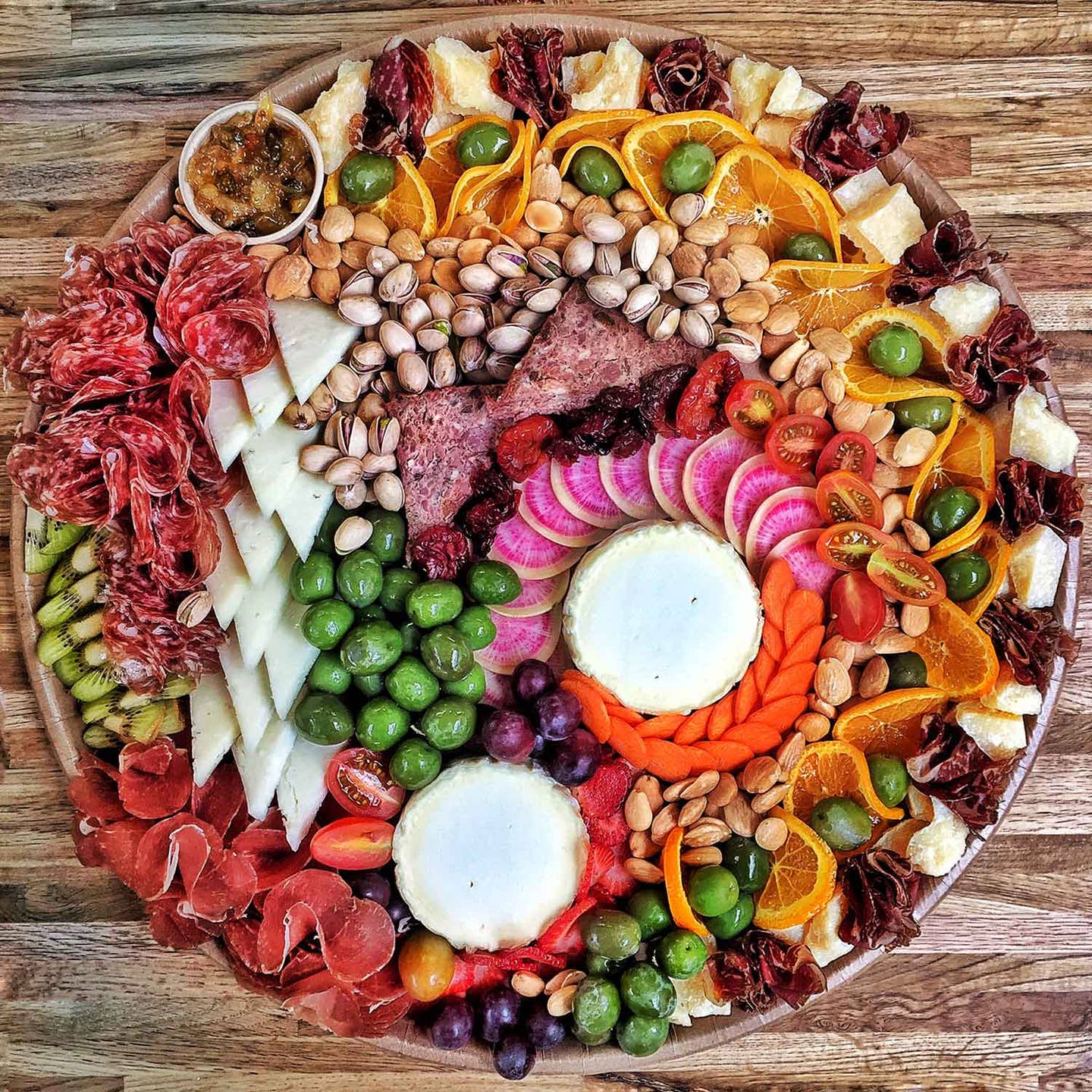
An Award-Winning Cheesemonger Shows How to Make a Next-Level Cheese Plate
Lilith Spencer explains how she builds her gorgeous cheese platters
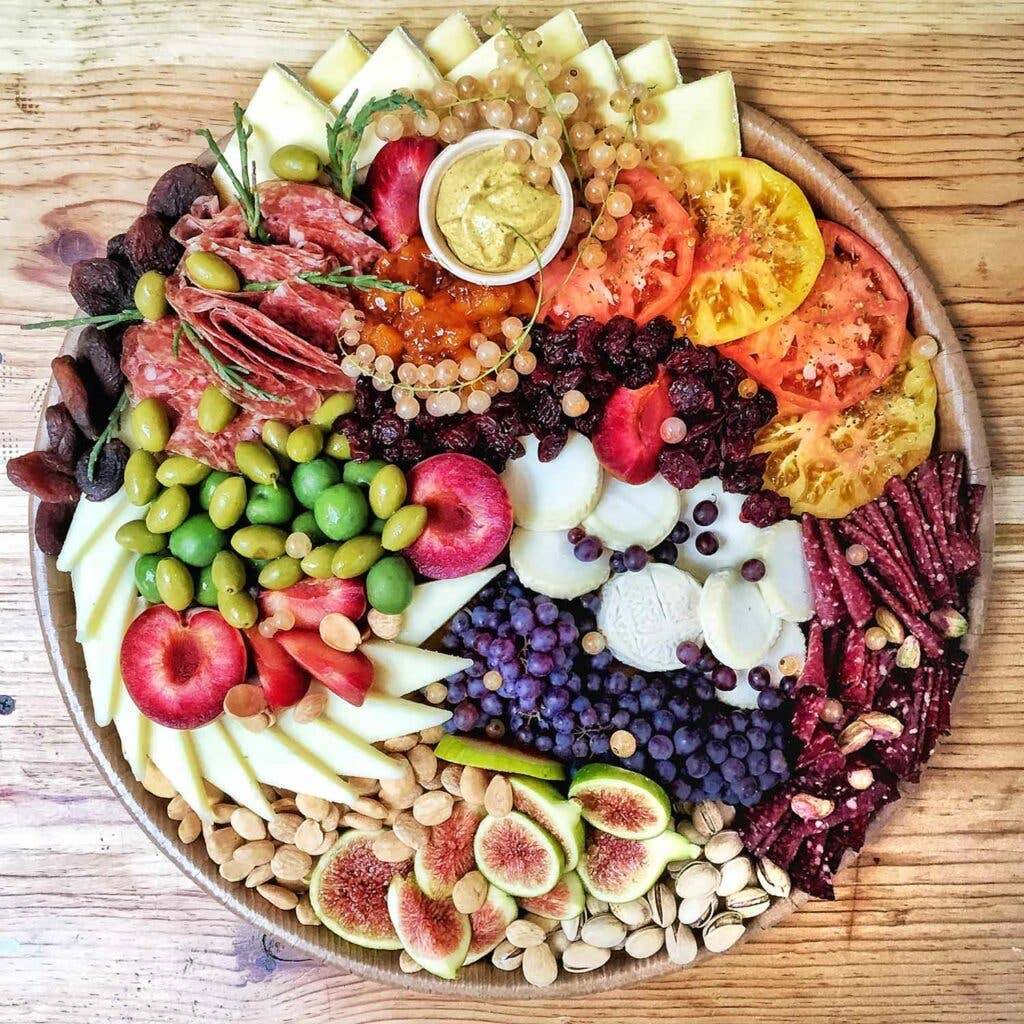
There are few better ways to get to know a person than spending hours on end together, slicing and arranging piles of artisanal cheese in a small, refrigerated room. And that's how I came to know Lilith Spencer, back when we were cheesemongers together at BKLYN Larder, and before she went on to become a champion.
In my opinion, she's always been a cheese champion, but it became official this past January when she took home first prize at the San Francisco Cheesemonger Invitational, an event renowned in the cheese world (a very real place, I assure you) for putting only the most dedicated cheesemongers through a rigorous trial of impeccable wrappings, blind tastings, cutting to weight, and of course, assembling their own "perfect bite."
Competing, let alone winning, takes a tremendous knowledge of cheese in all its various forms. But more than just smarts, becoming a cheese champion also takes a certain level of artistry and showmanship, and since Lilith moved out west to Santa Fe last fall, she’s been taking her creative vision to the next level with—you guessed it—cheese platters.
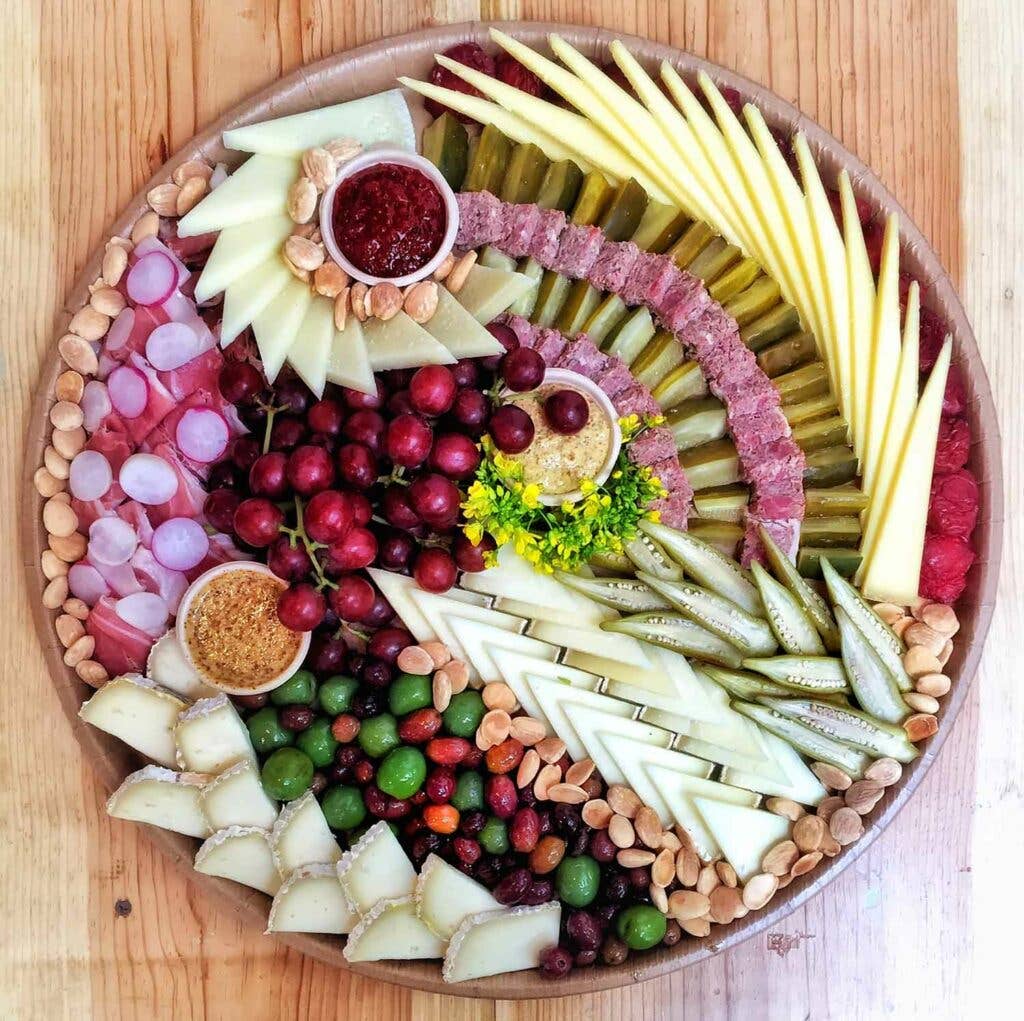
"I've always been creative," she says, "but it took me a long time to find my ideal medium, which turned out to be food." As a result, her vibrant, mesmerizing cheese platters (which she posts frequently to her Instagram) are an accomplishment of color and composition, but it's not just about the visuals. "Since winning the CMI, I've been more deliberate than ever about what goes into each platter," she explains. "There has to be real intent behind each arrangement, or else it's just a beautiful mess."
Working at Cheesemongers of Santa Fe, she's got a lot of cheese and charcuterie to choose from, from staples like Pleasant Ridge Reserve from Wisconsin and Fra'Mani Meats Salame Toscano from California, to more curious selections, like Smoking Goose's Rabbit & Pork Cheek Pâté from Indiana, and Vulto Creamery's Miranda, a funky little number from upstate New York whose rind is washed with locally produced absinthe. And after she chooses the meats and cheeses, it's all about the accompaniments: "A guest will assume that items placed next to one another are meant to be eaten together, so I'll use that instinct to my advantage and introduce unusual flavor combinations to the spread." The cheeses must also be sliced, crumbled, or cubed, depending on the style, which contributes its own challenge to the final arrangement.
For how much work goes into one of her platters, they almost seem too beautiful to eat—but just almost: “It’s counter-intuitive, but the ephemeral nature of it really soothes me. I’ve struggled with perfectionism all my life, but just knowing that it’s going to be eaten gives me the green light to take more risks.” If you ask me, I’d say those risks paid off.
Follow Lilith's Tips for Your Own Champion Cheese Platter
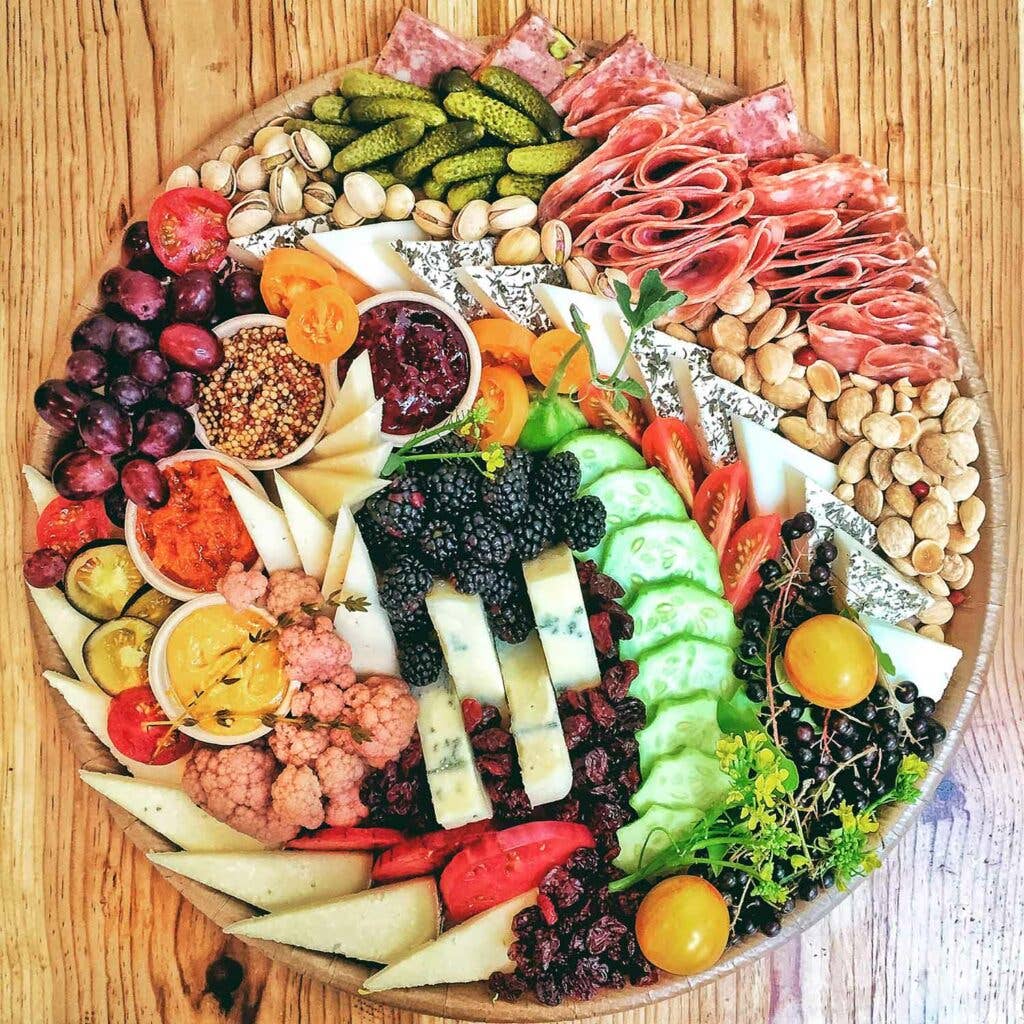
- When it comes to picking cheese, trust the experts. A good cheesemonger can help you pick out cheese based on the details of your event, so when you go shopping, share your big-picture vision—what the crowd will be like, what food will follow your cheese course, what you'll be pouring—and let them lead you towards the most on-point pairings. Those of us who work behind the cheese counter know what works and are more than happy to share our discoveries with you.
- Don't serve cheese straight out of the fridge. Cheese's texture and flavor is best closer to room temperature than fridge-cold, so let it soften for 30 minutes to an hour before serving. While it warms up, assemble your mise-en-place. Portion out your cheeses (your monger will happily advise you on whether slices, crumbles, or cubes are best), gather all your pairings, and group the items that go together nicely. Any fresh fruit or vegetables should be cut already; any small bowls or dishes that you want to use should be filled with their respective morsels. Set your slate up in the center of your workspace and surround it with your ready-to-go materials.
- Fill out your spread with some basic, versatile bites. Nuts, dried fruit, pickles, and olives are super reliable once you've picked out a couple of special items to be the stars.
- Place your biggest items first, then group your pairings. Cheeses will serve as anchors on your plate, so space them apart from one another and give them plenty of room. Next, place your accompaniments closest to the cheeses with which they pair the best—this is your hint to everyone that they're meant to be enjoyed together, like pickles and a dish of mustard snuggled up to a mound of crumbled farmhouse cheddar, or sweet-tart sour apple livening up a creamy cheese. The board-wide scattering of nuts, olives, and dried fruit makes it clear that those bites will work in any combination.
More of Lilith's Champion Platters
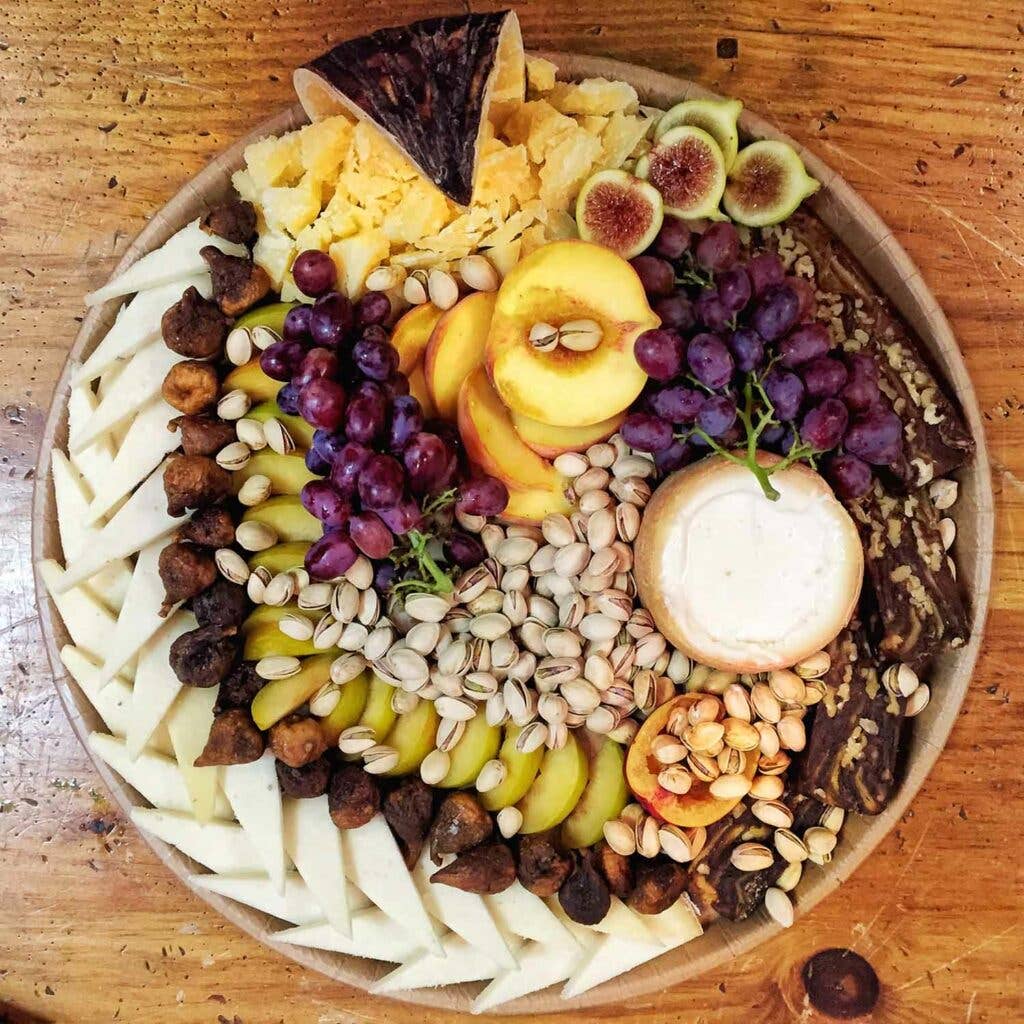
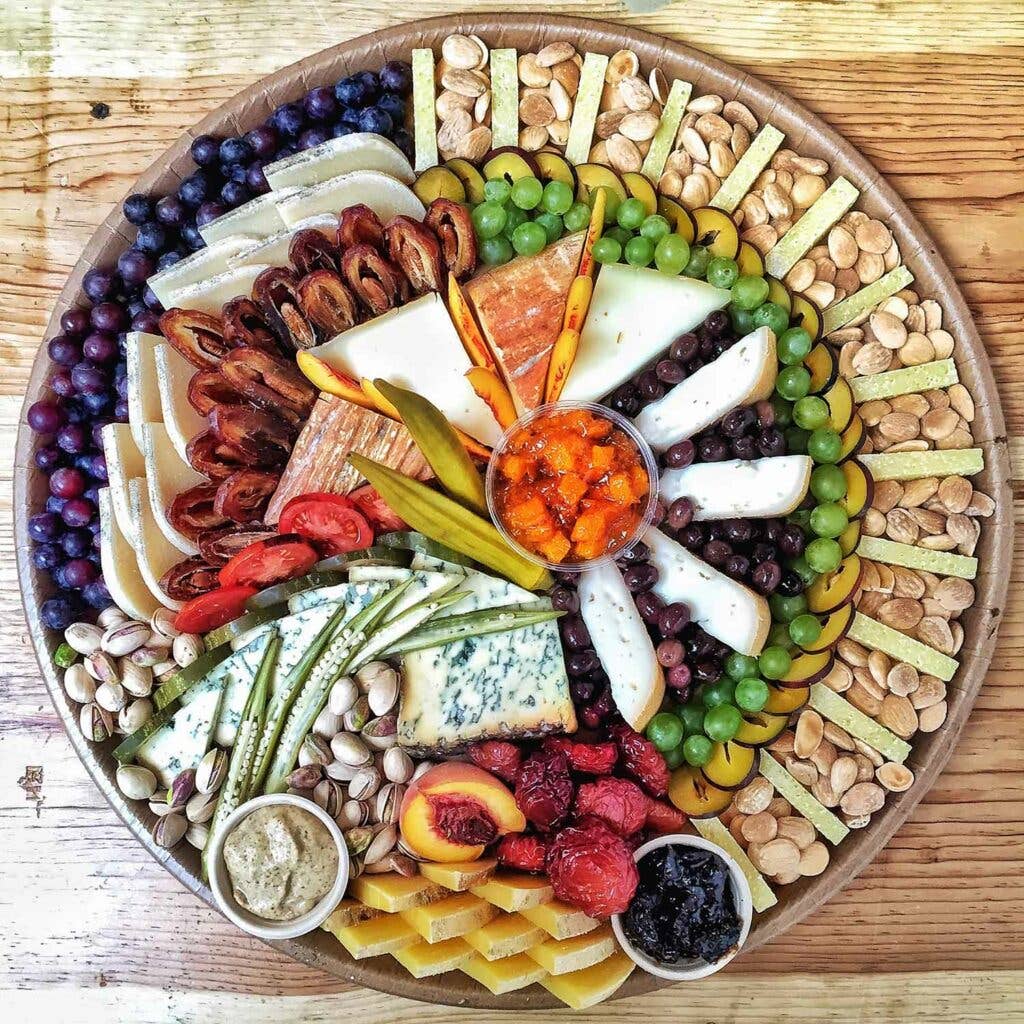
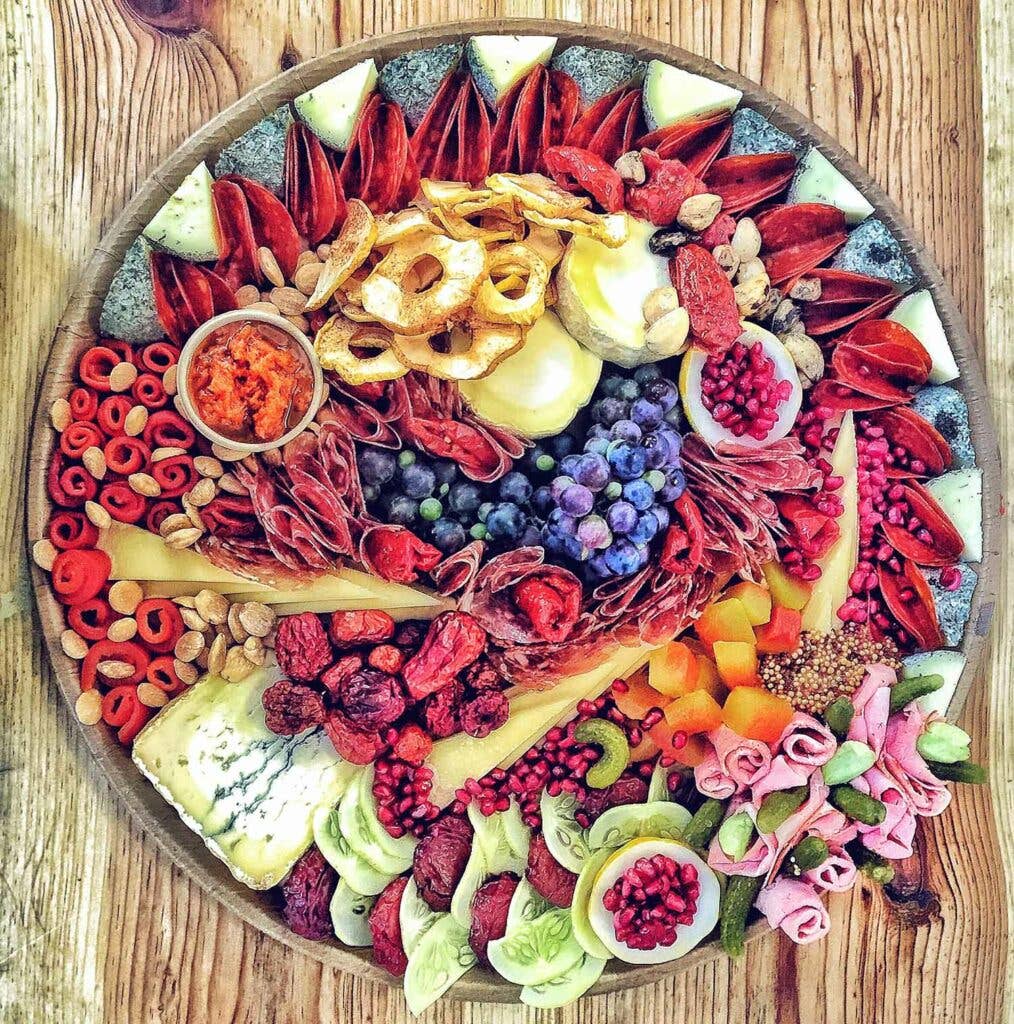
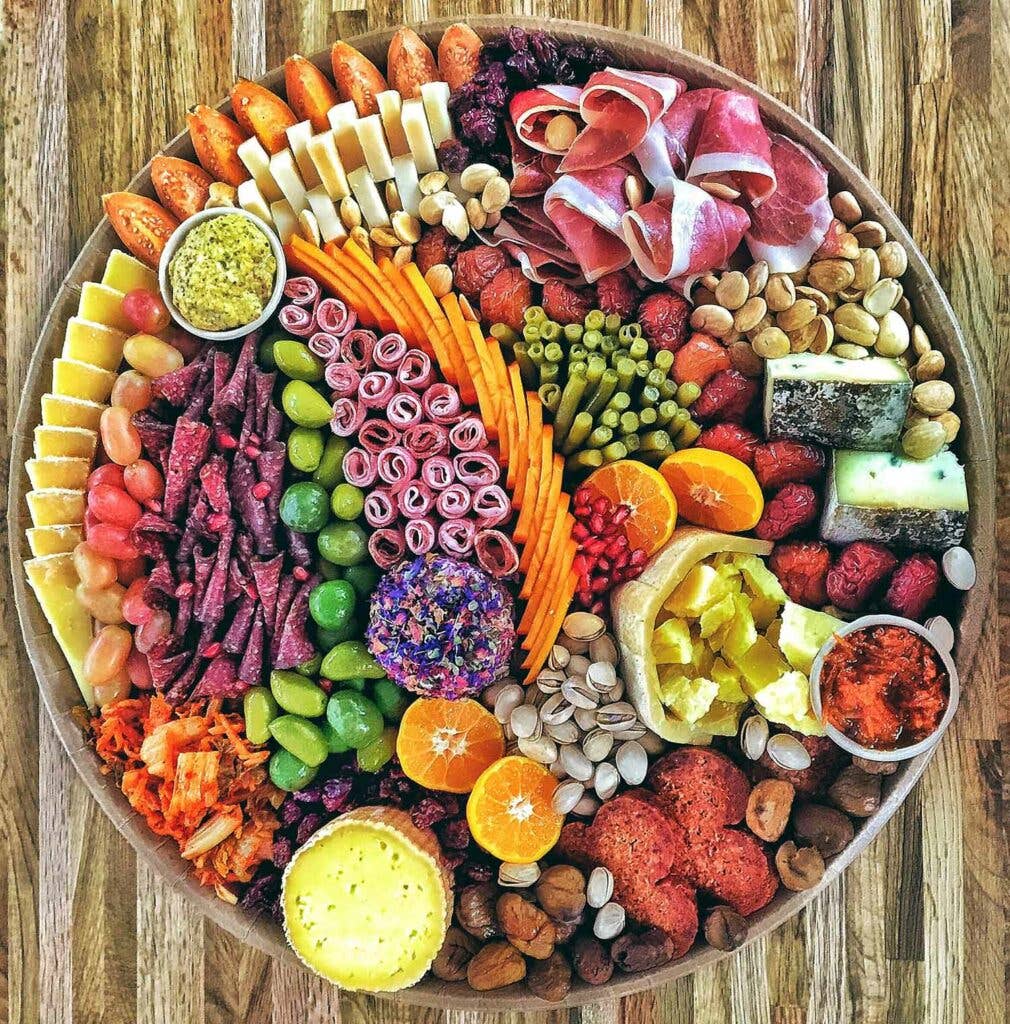
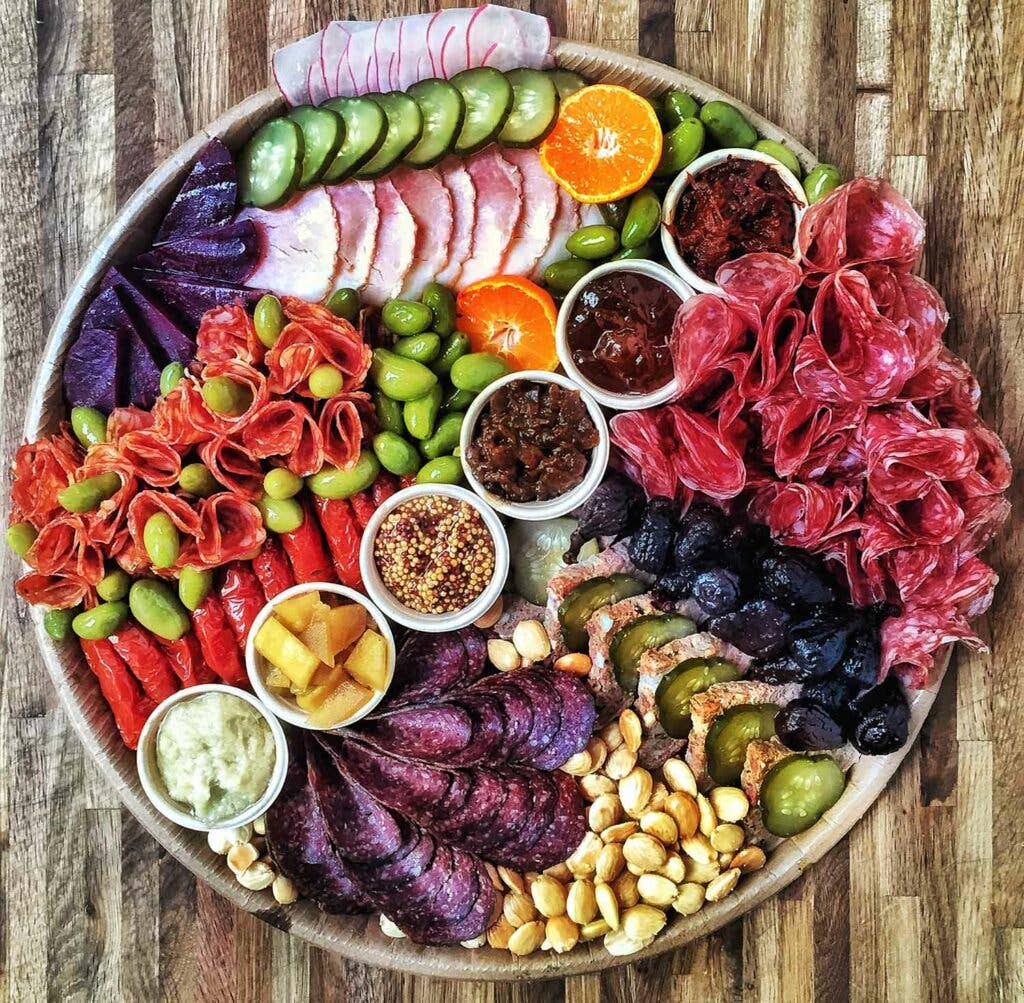
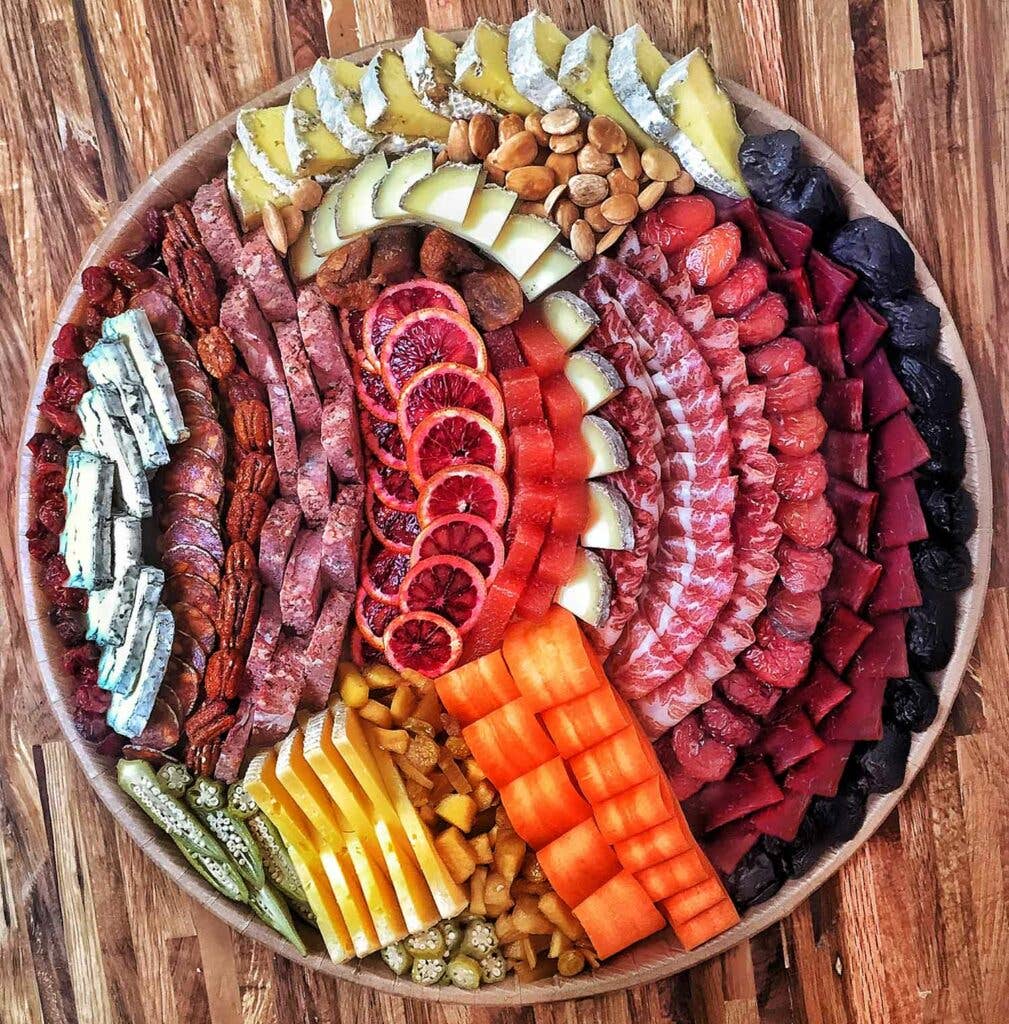
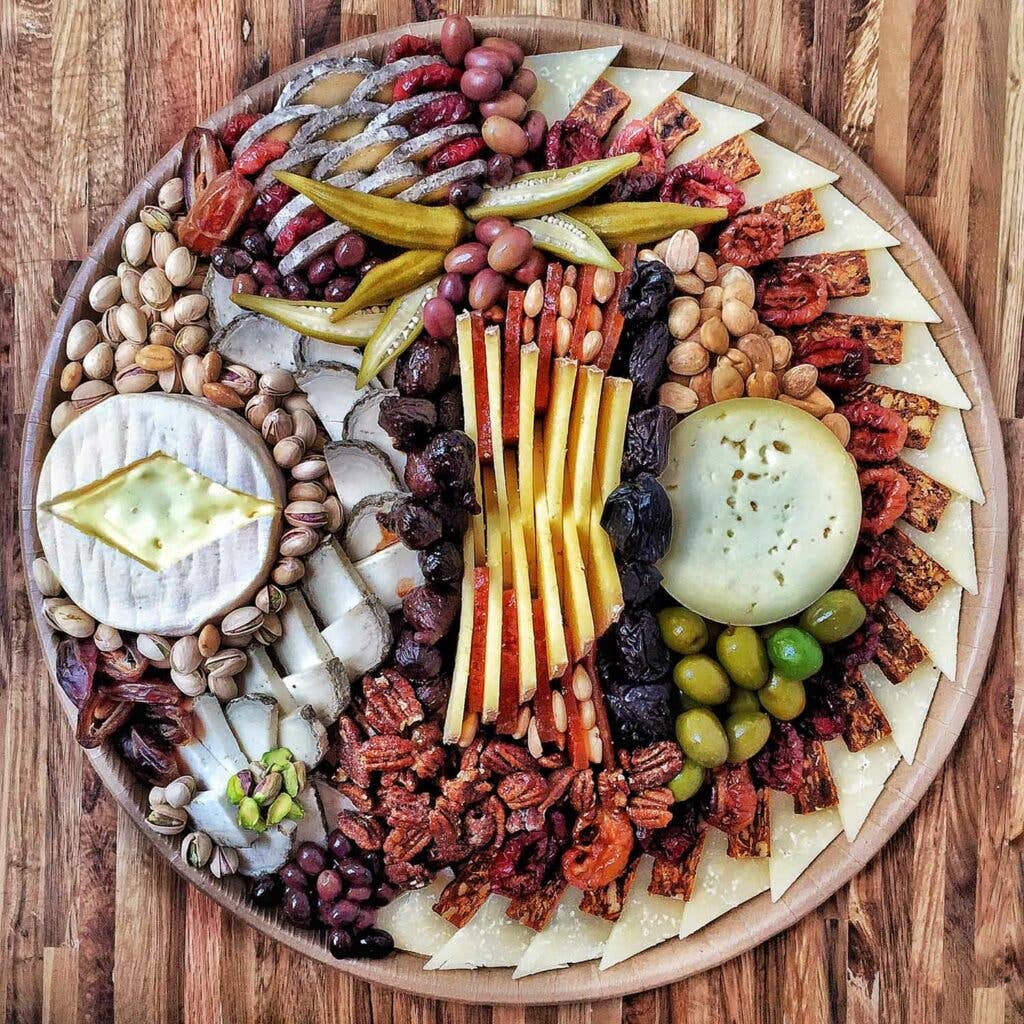
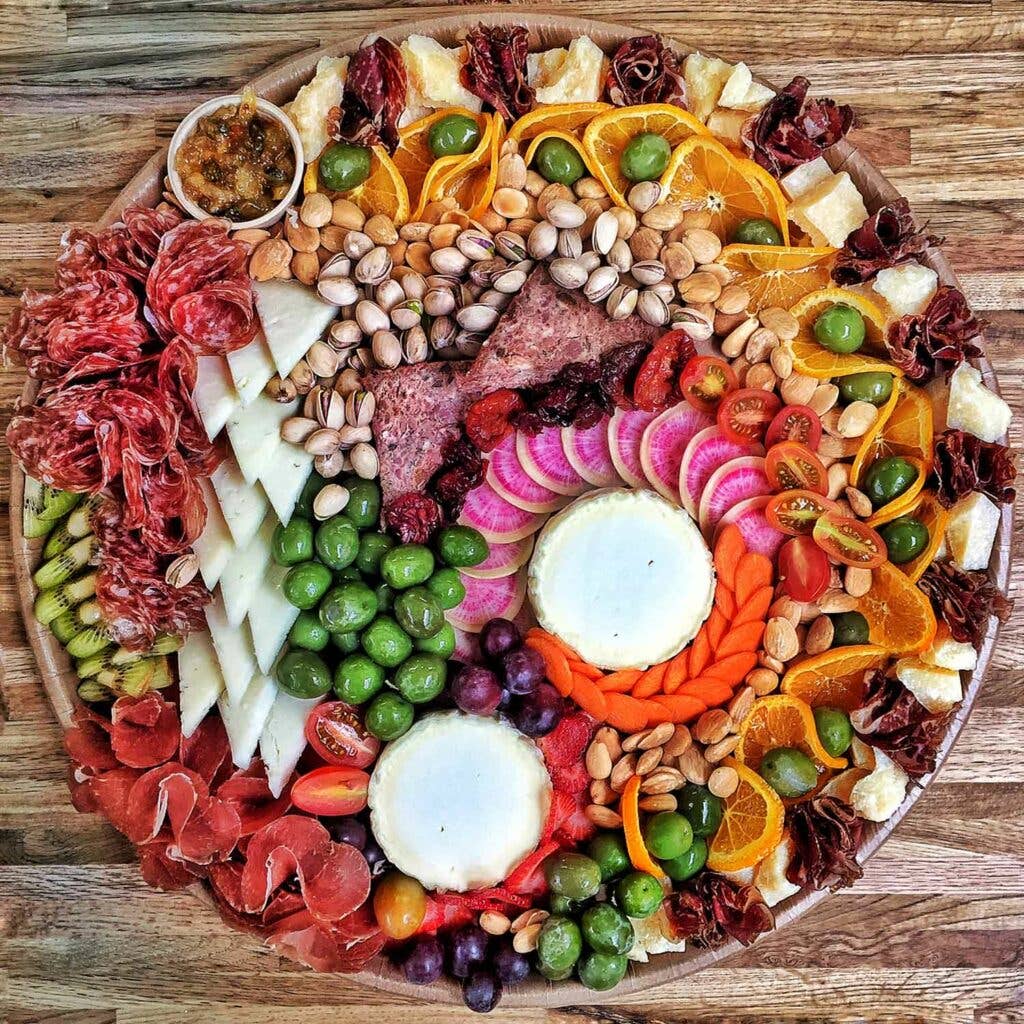
Keep Reading
Continue to Next Story










